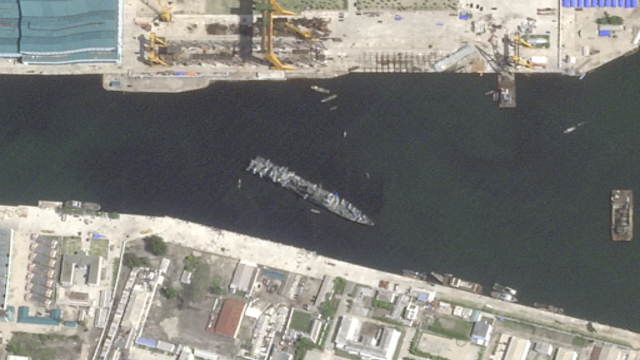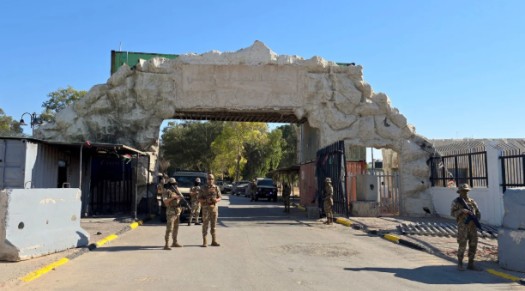
Images from satellites captured on October 8 and October 30 reveal the dramatic changes in the landscape of east-central coastal Spain caused by this week's flooding. CNN
This week, Spain faced devastating flooding following an extraordinary downpour that transformed the landscape dramatically. In just a few hours, the east-central region experienced an astonishing amount of rain—equivalent to a year’s worth—leading to catastrophic flooding that has already claimed at least 155 lives.
The sheer scale of the flooding is so severe that satellite images taken from space reveal an area resembling an inland sea. After heavy rain fell on Tuesday, rivers overflowed their banks, streets were converted into turbulent torrents, and vehicles were swept away, along with bridges. In some parts, what used to be dry land has now become a vast expanse of water, creating a striking contrast in the satellite imagery captured on October 30, compared to images taken earlier in the month.
The imagery shows a dramatic shift from browns and greens, which depict the earth and vegetation, to various shades of blue, indicating the widespread flooding. Coastal regions now appear almost isolated, surrounded by water. Previously minor waterways, which were hardly visible in earlier satellite images, are now highlighted in bright blue, demonstrating just how swollen they have become. For instance, in Chiva, a town west of Valencia, 19 inches of rain fell in a mere eight hours, as reported by Spain’s meteorological agency, AEMET.
The increase in extreme rainfall is linked to climate change, with studies suggesting that such heavy downpours are now about 12% more intense and twice as likely to occur compared to the pre-industrial era when human activities began to significantly impact the environment. According to a rapid analysis from World Weather Attribution, these extreme weather events are becoming alarmingly frequent as the planet continues to warm due to fossil fuel pollution.
On October 30, 2024, flash floods in the Sedaví area of Valencia, Spain, left streets cluttered with cars and debris. Getty Images
As of Thursday, rescue and recovery operations are ongoing, with many individuals still reported missing. The scenes of destruction are heart-wrenching, as cars lay piled on streets alongside debris left in the wake of the flash floods. Emergency services are working tirelessly to locate survivors and assist those affected by this natural disaster.
The impact of this catastrophic flooding is not just immediate; it raises serious questions about the long-term effects of climate change on weather patterns in the region. Experts continue to study how these shifts influence the frequency and intensity of storms and floods, making it crucial for communities to prepare for such events in the future.
The recent floods in Spain are a stark reminder of the power of nature and the growing impact of climate change. As recovery efforts continue, the country grapples with the devastation, while the world watches closely to understand the broader implications of such extreme weather events.















